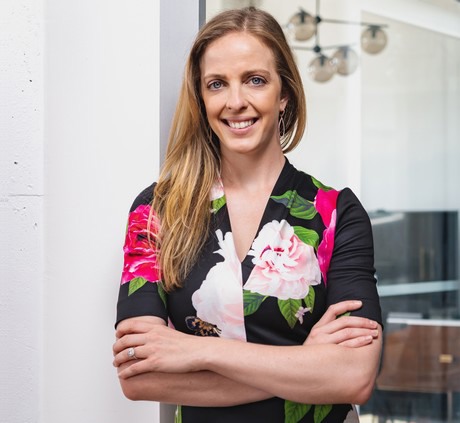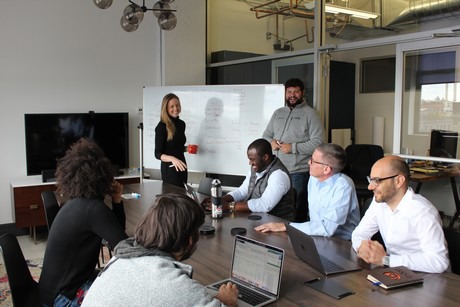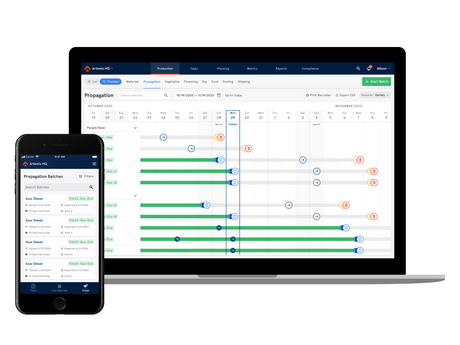The term complexity implies that a specific object, phenomenon, activity, and so on, cannot be understood nor tackled with a clear-cut mentality. The necessity to address each aspect of said complexity makes finding solutions and answers a particularly difficult endeavor, as the end goal is to satisfy as many conditions as possible. These are just a couple of reasons why the concept of complexity applies to large-scale cannabis cultivation: technologically advanced indoor facilities, with most of the processes highly automated, or incredibly large greenhouses that have to tame the environment to produce the best crop. The level of knowledge required to successfully run such cannabis operations is extremely high, as equally high is the value of the cannabis crop. In order to keep the complexity of large-scale cannabis growing on a leash, Artemis has developed software that allows users to stay in control of the variables.
Best data practices
“There is no established standard for growing cannabis and operating commercial facilities yet,” Allison Kopf, CEO and founder of Artemis, explains. “For instance, there is no standard operating procedure when it comes to data practices. Each operator looks at their unique data differently, but even that same operator might manage data practices across multiple sites differently. So, the question is, how do we find best practices, and how do we execute them at scale?”
 Allison Kopf, CEO and founder of Artemis
Allison Kopf, CEO and founder of Artemis
That is why Artemis’ main goal is to digitize all the grow data and information, so that it can be looked up and utilized with ease. “When you are dealing with something as complex as cannabis cultivation, you cannot make any mistakes,” Allison says. “You are not only growing an incredibly high value crop, but you also have to ensure strict regulations are followed and are reported properly. There is high risk involved with operating in the cannabis space and operators must ensure all employees follow guidelines at all times.”
Managing crops and people
Bluntly put, such software would help growers to keep track of literally everything that factors into a cannabis grow. “Especially if a grower has more than one location,” Allison explains. “In this way, you can manage the crops and the people: crop scheduling, labor planning, input tracking and traceability across all sites, remotely. By keeping track of all of this in one centralized location, you can cut down the inefficiencies, spot potential issues and address them. For instance, it is possible to do a data recall to see where a disease or pest came from, and what or who might have caused it.”

The greenhouse trend
According to Allison, the stigma around cannabis is slowly fading, which will bring many benefits not only to consumers, but also to cannabis operators. “The stigma around cannabis production pushed many jurisdictions to implement odor and zoning guidelines,” Allison continues. “This forced most growers to opt for indoor facilities, not necessarily because their business plan was based on indoor cultivation, but because a specific jurisdiction wanted to keep cannabis facilities away from the public eye. Yet, as the political landscape changes and the attitude becomes more accepting, you will see a greater number of cannabis greenhouses coming online – and you can see this trend happening right now. You might also see outdoor production coming online. All of this introduces more standardization because more technology can be tried in different settings which ultimately leads to optimal operations.”

The possibility of using a greenhouse for growing cannabis will also push more horticulture growers into cannabis. “The more growers from horticulture get into cannabis, the more sophisticated the industry becomes,” Allison remarks. “Horticulture growers have something to learn from cannabis growers as well: the compliance level in cannabis is stricter than in food; therefore, what growers learn from cannabis regulations can be applied to food. For instance, we have worked with a tomato grower that achieved GAP certification thanks in part to traceability functionality we’ve added to Artemis for cannabis operators. Ultimately, most cannabis growers aren’t carrying out bad practices: there is just a lack of standardization because of how new this legal industry is. This is what we are aiming to support. With the Artemis software, we help growers so that the complexity of large-scale cannabis growing is less of a burden. In fact, you wouldn’t have to think about standards and regulations, because you can keep track of it all automatically, all while running your normal operations. The best part – you can utilize all of this information and data to improve your operation.”
For more information: Artemis
Artemis
artemisag.com
